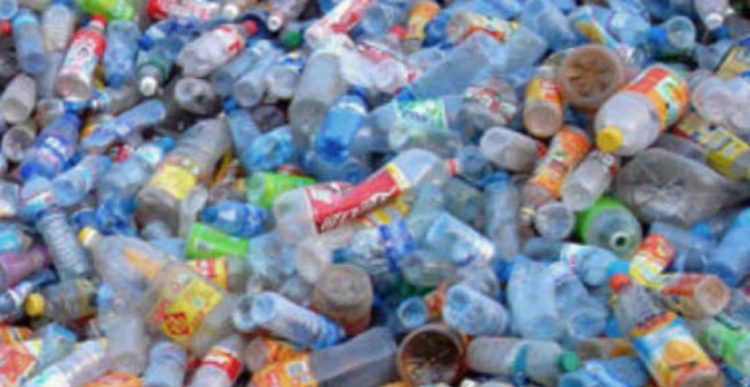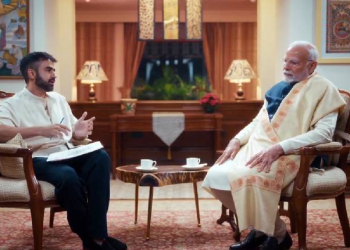New Delhi: Did you know that 9-14 million tonnes of plastic ended up in oceans by 2016, forming 60-90 per cent of marine litter, and the number is expected to triple by 2040? And 80 per cent of this marine pollution originates in land?
It is the humans that are responsible. How? Almost miniscule segregation at source sending all plastic to landfill sites, low recycling rates and no control over what flows down the nullahs into the rivers, which goes straight into the oceans.
Microplastics have infiltrated the food and water consumed by humans and animals alike and also the air. Once the microplastics enter the environment, they act as — rather turn into — pollutants and can remain active as marine contaminants for hundreds of years threatening the ecological balance. Microplastic in oceans is being acknowledged as a serious ecological concern.
These were the serious concerns deliberated at a workshop on Thursday on ‘Microplastic — A Global Pollutant’, organised by Toxics Link, an advocacy and research think-tank.
Sumit Sharma from UNEP said, “Fortunately for India, the per capita consumption is 11 kg per year compared to the global average of 28 kg.”
However, the sheer population makes it the unwanted mountain of trash.
Asserting the need for regularly assessing the levels of microplastic in seafood, Vijay Dharmamony from WWF India, who spoke on ‘impact on microplastic on marine ecosystem’, said: “There is a great need to study the assimilation of a range of microplastic sizes and compositions into human tissues.”
He also elaborated on how the microplastic is first consumed by the zooplanktons and then travels up the food chain.
“And if in between there is a commercially relevant fish/seafood, it reaches straight on your table,” he added.
(IANS)






















